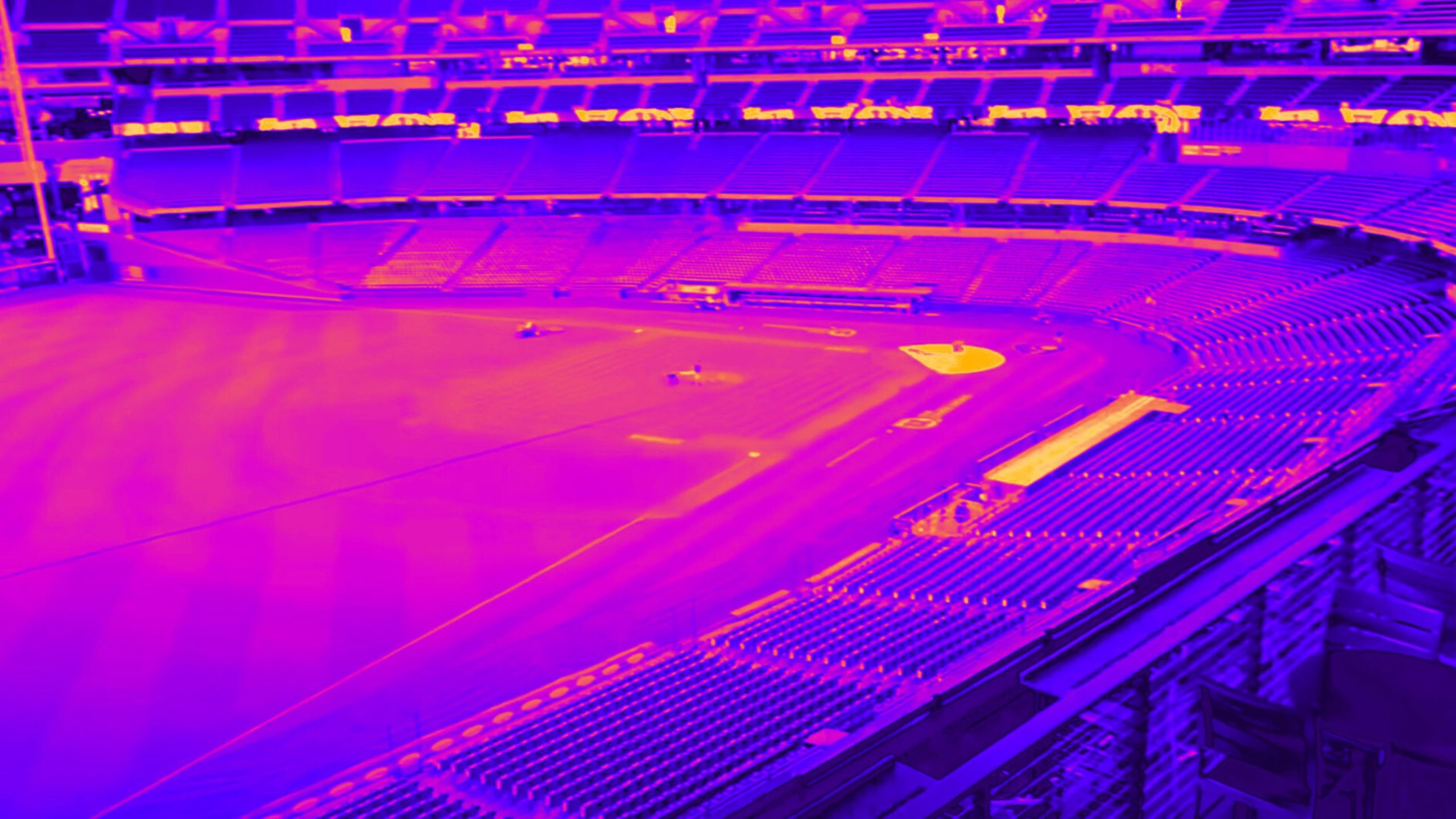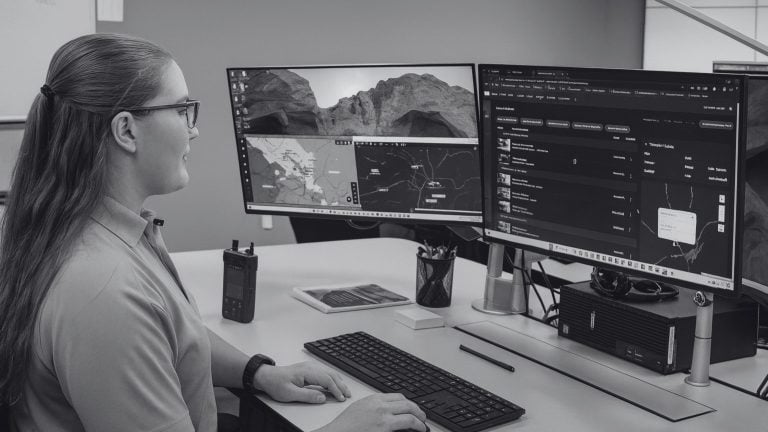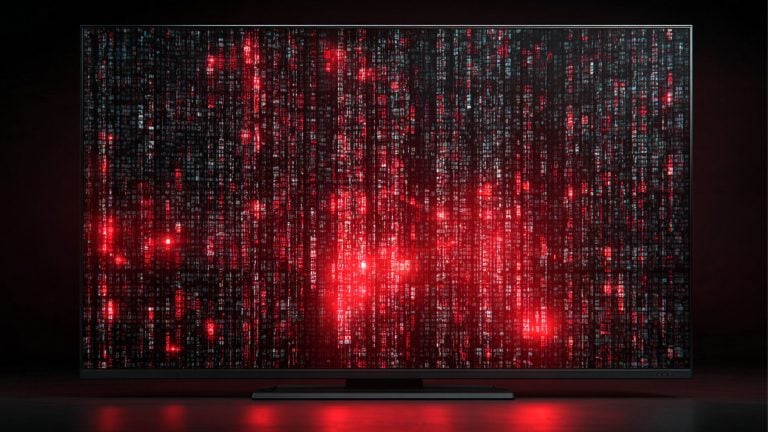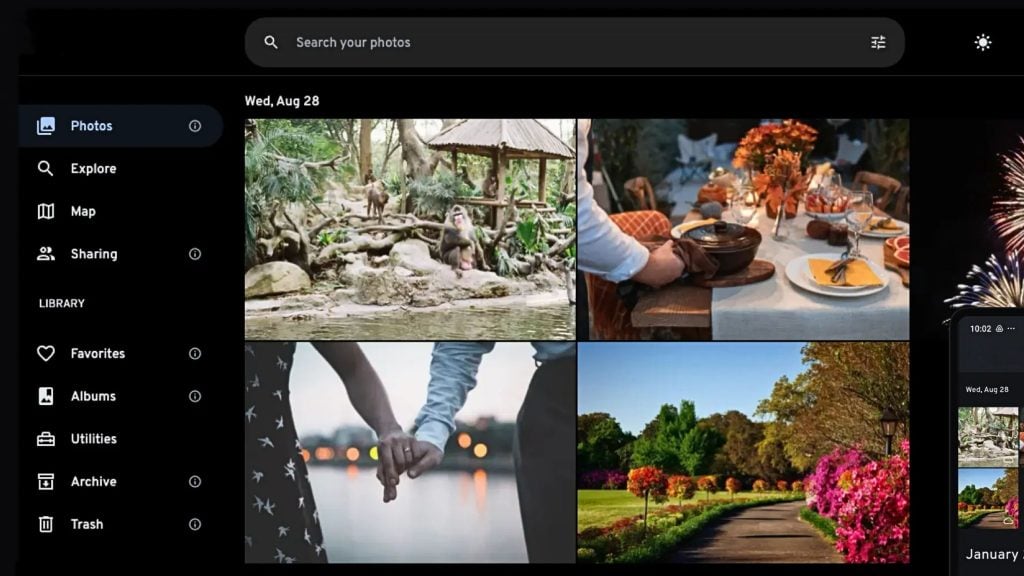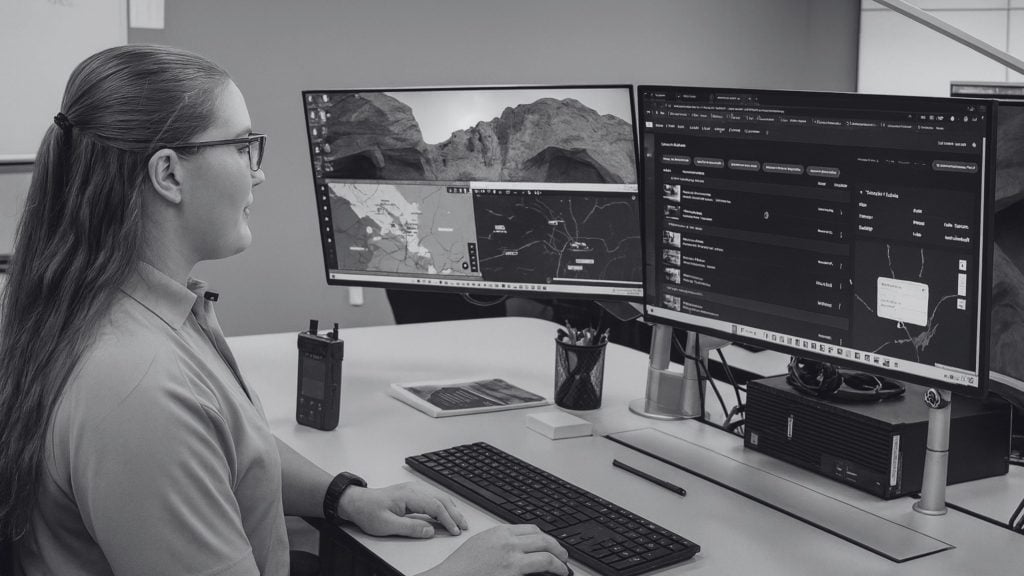It gained much momentum with the pandemic, had the pandemic as the “perfect excuse” – but then, did not end with the pandemic.
The proliferation of facial recognition at sports and other mass venues continues in the US and around the world.
A US baseball team, the Milwaukee Brewers, has announced that two gates at its stadium will start deploying facial recognition tech for this year’s season. Clearly, a trial of some description, the use of the “select gates” at this point is optional.
As of now, the franchise doesn’t even feel like disclosing the privacy data protection and personal information handling policies it has in place for those choosing to go through the “biometric gates.”
And other than that it will happen during 2025 – fans still don’t know when exactly they may expect to become, i.e., choose to become the subjects of facial recognition.
Despite the controversies galore surrounding biometric data-fueled schemes in public places – these misgivings being based on privacy, but also security reasons – the key argument in favor, presented by those implementing the tech is always the same – more immediate convenience.
And it isn’t too far-fetched to assume they are banking on most “ordinary people” at this moment in time still being unaware of the potential long-lasting consequences of surrendering their sensitive data in exchange for “streamlining entry” into a stadium, and, “reducing wait times.”
It’s shaping up to be a modern version of the “gold for mirrors” historical precedent. (Spoiler: it didn’t end well at all, for those who got the mirrors.)
Europeans, this time, are also at the receiving end – reports say that a number of sports venues, the Tottenham Hotspur stadium in London among them, are implementing similar tech.
For one reason or another, those who favor these implementations strongly tend to go for places with mass amounts of people passing through, like stadiums, but also airports.
In the US, this latter scenario is now garnering attention from the Department of Homeland Security, which is looking into how the TSA uses – and is expanding – facial recognition.

